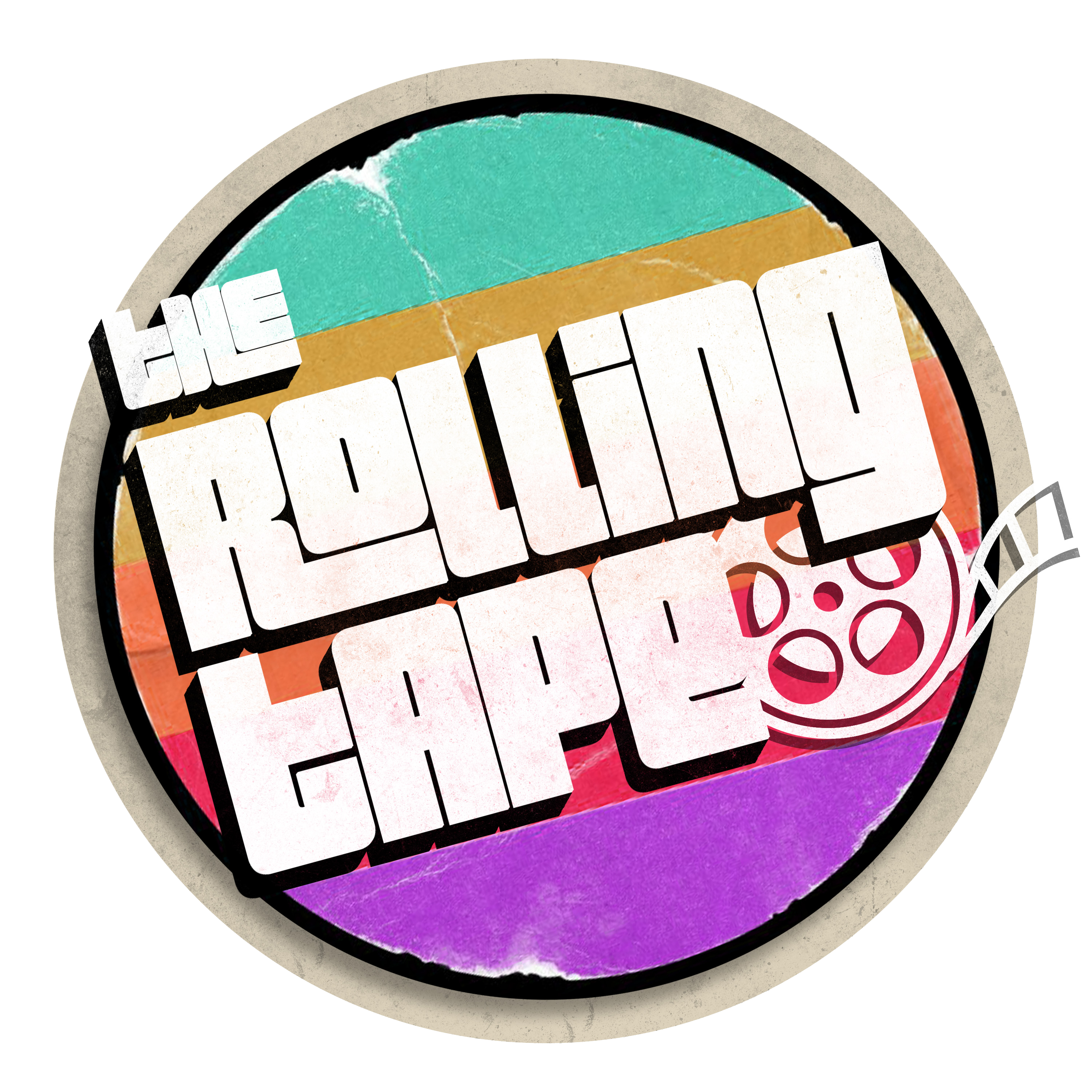What do I want to tell you about Howl’s Moving Castle (2004)? I could start anywhere with the Studio Ghibli film, directed by icon Hayao Miyazaki, whose other films, like Spirited Away (2001) and My Neighbor Totoro (1988), have long been part of my life.
I’ve been watching the English dub of the film since I was a kid, after a babysitter told me and my sister about Howl. She told us about Sophie (Emily Mortimer), our heroine, cursed by a witch to become old (Jean Simmons) after slighting her. In this deeply magical world, witches and wizards are as common as city cobblestone streets and majestic countrysides—and as Sophie seeks to break the spell on her, she encounters the wizard Howl (the wonderful Christian Bale), himself beset by a curse, and his teeter-tottering automaton castle.
Whenever I think about the film, I inevitably return to the scene when Howl shows Sophie a sprawling field of flowers he gave her access to through the castle’s portals. The film captures each bulb and blade of grass in that vivid-bright way Studio Ghibli films always seem to do, an otherworldly gossamer made tangible. Like all of Miyazaki’s best work, Howl borders that reality with the uncanny; the worlds here look vaguely urban or pastoral, but magic is their true foundation. The film lived up to those childhood expectations as much back then as those characteristics still bring me comfort now.
The film celebrates its 20th anniversary this year and, as part of Studio Ghibli’s annual festival, will run in theaters from now until October 3. The kinder-hearted part of me appreciates the studio’s yearly event—how delightful to see these movies crop up in theaters, again and again, especially for those of us who grew up around them. Yet the selfish part of me resists; do some movies work better at home than in a theater?
Maybe this question/admission is sacrilegious, even worse when I tell you that Howl’s Moving Castle is one of the few pieces of physical media I own—a Secret Santa gift in college, back when Max (the streaming service, not some guy) hadn’t yet released the Ghibli collection on its platform. But though I love to envelop myself in the dark rows of a movie theater and stretch my legs out on the slow-shifting lounge chairs and spend too much money on popcorn, there’s a coziness to Howl that always makes my watching of it an intimate, private affair. For inside the castle, as it were, rather than about the city.
But to my point. I’ve been meandering because I wish to be complete, exhaustive, in my love for this film.
I could describe to you how composer Joe Hiashi’s “Merry-Go-Round of Life” creates a hypnotic leitmotif for the journey of Sophie, as she travels from her home and into the Waste, the outskirts of her city. She encounters Howl early in the film, enthralled by his attention, before the curse. But, in reality, he’s been looking for her this whole time. “There you are, sweetheart. Sorry I’m late,” he says, when two men corner Sophie in an alley, “I’ve been looking everywhere for you.”
Hiashi’s twinkling piano swirls and dips into itself, repeating rhythms and riffs until it arrives at the same, inevitable refrain. Howl’s line, too, appears to be a diversion to ward away the leering men—the intimidating boyfriend, come to save her—but in fact his discovery of Sophie is a confession, a truth: like the cyclical music, he has, indeed, been seeking Sophie for a specific reason, arriving at another, inevitable conclusion.
I might tell you, too, about Calcifer (a perfect Billy Crystal), the pesky fire demon whose bright-burning spark and strong-hearted inferno operate and expand the castle. Even Markl (baby Josh Hutcherson), whose childish transformative disguise—to ensure Howl’s anonymity among the castle’s portals from one city to another, where Howl is a wizard under two pseudonyms—includes only a hooded cloak and a comically long, gray beard. Maybe even about the film’s increasingly relevant anti-war message, a theme that at first clings to the background activity of each scene but arrives with brutal, vengeful force at the film’s conclusion.
But I think I’ll settle with the ring that Howl gives Sophie, an emblem of new importance for my viewing this time around. It’s a plot-necessary ring, sure, a piece of jewelry that Sophie uses to return back to the castle midway through the film and access an important memory later. But it’s also the ring that Howl wears when he finds Sophie in that alleyway, for the “first” time, when he says, “I’ve been looking everywhere for you.” In that scene in the alley, Howl’s ring—which beams a laser of light toward the object of the wearer’s heart—blinks, then goes dim.
Those rhythmic music merry-go-rounds to the original chorus. As Howl whisks Sophie to safety, they walk, by magic, on-air over the city churning below them, Hiashi’s score echoing a triumphant march. It’s a joyful image, a jaunty sound, that will never leave me—20 years from now, 20 years from then.
Retrospective Courtesy of Arleigh Rodgers
Image Courtesy of Studio Ghibli

Recent Comments